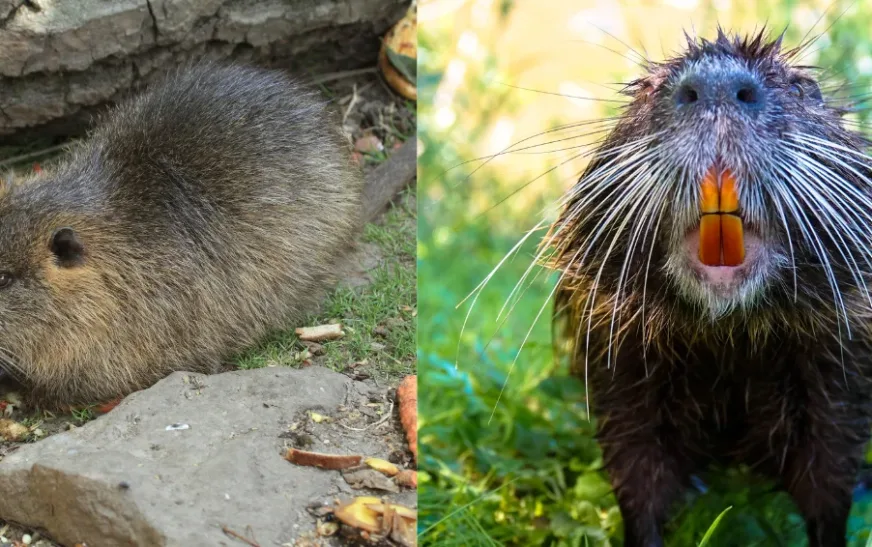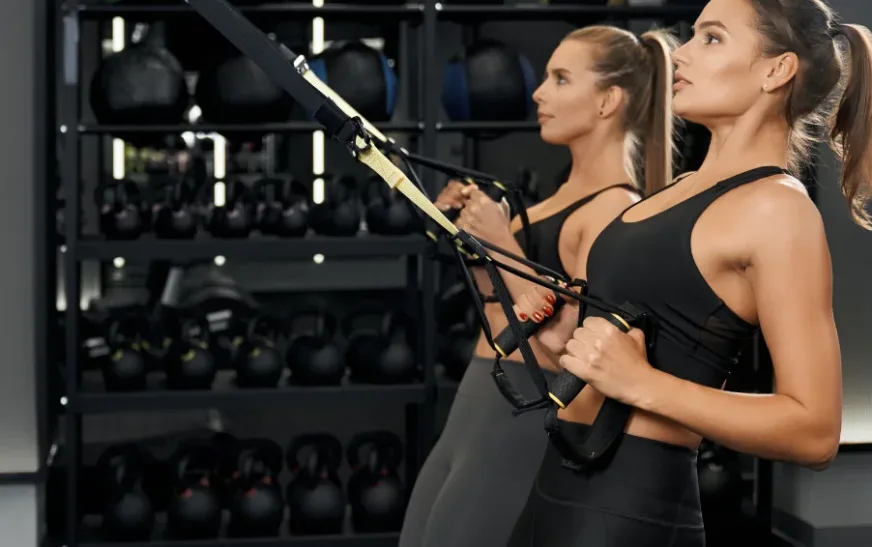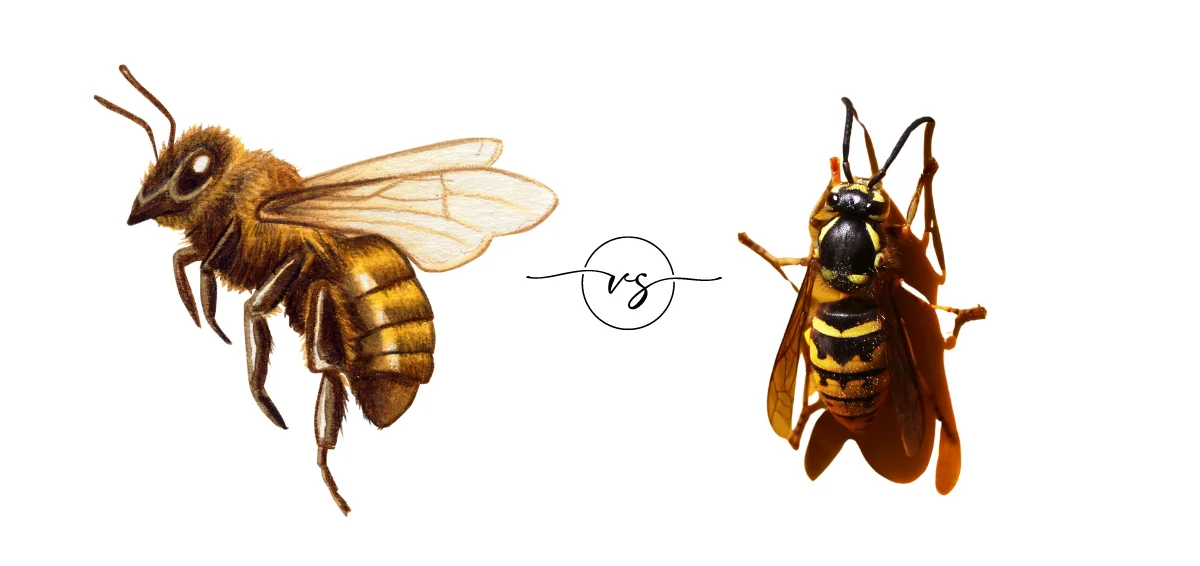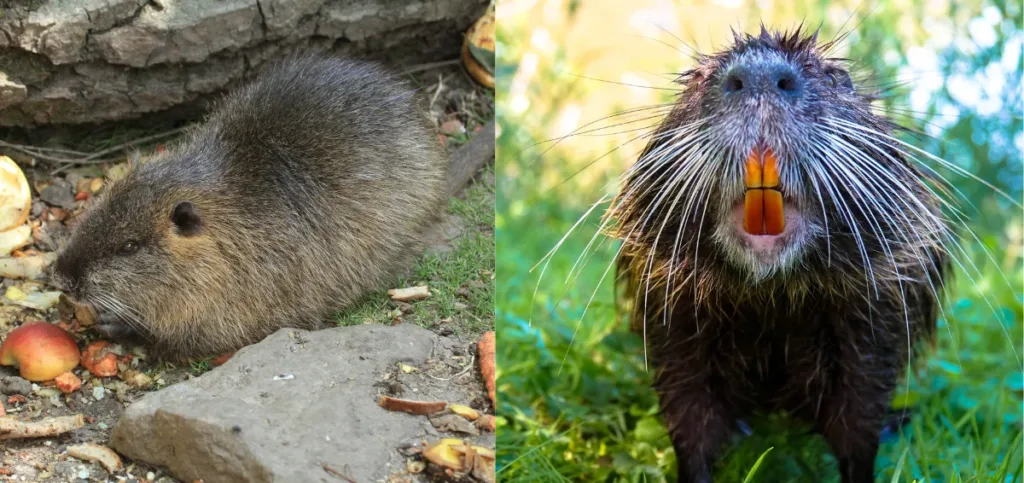
Many people use the help of rodent removal services when they see creatures like mice or squirrels in their houses. Rodents are harmless. However, they can contaminate food and even damage property.
Two common and fairly similar-looking ones are nutria and muskrat. Besides looking the same, they also share certain common traits. Both damage water control structures. Their activities lead to flooding and soil erosion.
If you’ve seen one of them and are wondering whether it is nutria or muskrat, this post is for you. Let’s find out the differences between the two rodents in detail.
Nutria, An Aggressive Rodent
Nutria is a big rodent native to South America. It lives in semi-aquatic conditions and eats vegetation and weeds. The activities of these rodents destroy crops and aquatic vegetation. They also cause destruction in wetlands by feeding on plants that hold the soil together.
Nutria are a common site in California. Besides, their presence is pervasive in the Gulf Coast States as well. Nutria’s activities also cause destruction in water bodies like lakes and the banks of ditches.
Muskrat, An Intrusive Rodent
Muskrat is another semi-aquatic rodent native to the US. Its activities include burrowing and foraging. These cause damage to water control systems, native marshes, and crops. Their activities are particularly harmful to crops that depend on water, like rice for growth.
Muskrats also eat other aquaculture products as well as crayfish and mussels. They are mainly found in parts of South America, Asia, and Europe. The rodent is native to North America.
Nutria – Physical Appearance
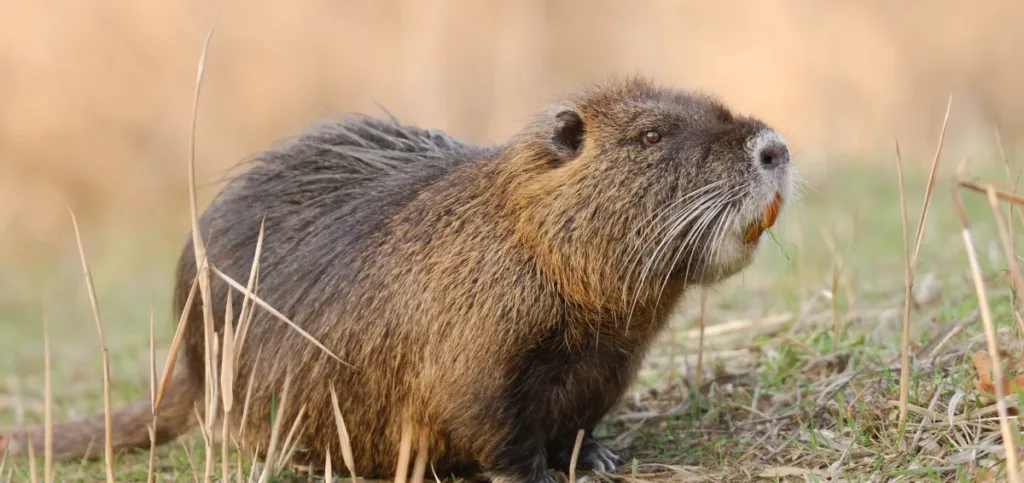
Nutria have short legs. Their body is highly arched and is 24 inches long. The tail is round, scantily haired, and around 13 to 16 inches long. Male rodents are bigger than their female counterparts. However, on average they both weigh around 12 pounds. The weight of male nutrias can go up to 20 pounds maximum while those of females can go up to 18 pounds.
The nostrils, ears, and eyes of these rodents are present high on their heads. Nutria has a dense, gray underfur overlaid by long, glossy guard hairs. These hairs can be either yellow-brown or dark brown. They have four clawed toes and 1 vestigial toe. The hind legs of these rodents are larger than their forelegs. They have large incisors that can be orange-red or yellow-orange on the outer surface.
Muskrat – Physical Appearance
Muskrats are dark brown rodents with dense, waterproof coats covered in coarse hairs. Adult muskrats are 16 to 25 inches long and weigh around 2 to 5 pounds. They have five finger-like toes with an extremely small inner toe. Muskrats have silky brown fur and a long, thin tail. Their eyes and ears are small. The front legs are short and have claws for digging. The hind legs are longer and are partially webbed. These help with swimming.
Voice of Nutria
Nutria are fairly social rodents. They communicate with each other by making pig-like grunting sounds. More precisely, they emit a low octave, nasal ‘moo.’ They make these sounds to indicate feeding times. The nasal sound can also be emitted to attract mates.
Voice of Muskrat
Muskrats squeal and snarl when cornered. They also make chattering sounds. Muskrat will make such a sound when fighting. Baby muskrats squeal when they want attention from their mother.
Must Read: Assault vs Battery – Are they the same or different crimes?
Finding the Presence of Nutria
The best indicator of Nutria’s presence is the on-site presence of these rodents and their burrows. Nutria’s tracks can be found near slides, trails, and crawl-outs. They can also be found near exposed entrances to burrows. Nutria’s tail often leaves behind a drag-mark. This is evident between the footprints.
Nutria’s droppings can be seen wherever they have had their last meal. It can be along trails or floating in the water. The dropping has a parallel, deep groove throughout its length.
Discovering the Presence of Muskrat
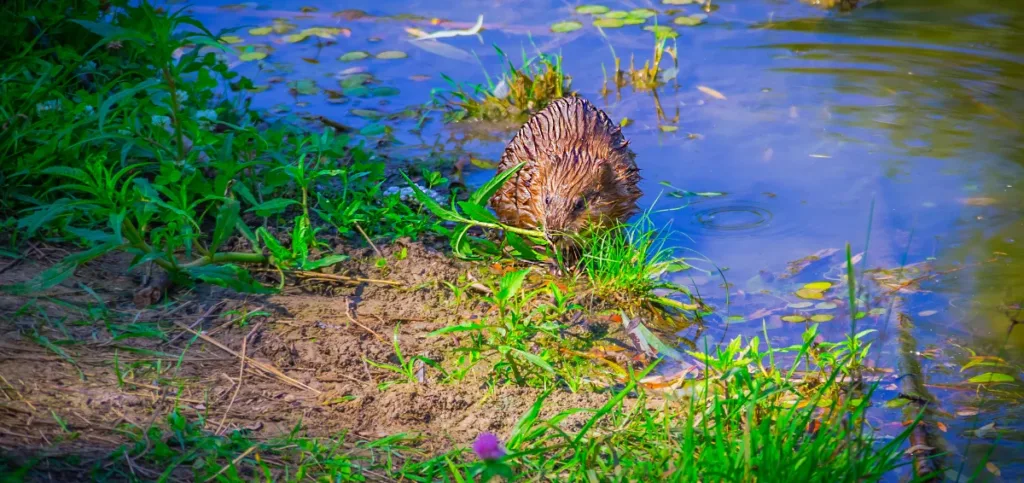
Muskrat have bigger hind tracks. It clearly shows five toes. At times, these rodents leave tail drag marks in an ‘s’ pattern. This happens when they move at a walking pace in a straight line. One noteworthy thing when it comes to finding the presence of muskrats through track patterns is that it can differ greatly if they start bounding instead of walking. If this is the case, the front and hind feet of the same side will leave tracks that will land near each other. The stride is around 8 inches.
Besides, muskrat’s presence can also be confirmed by the dome-shaped lodges they make out of mud and vegetation. Their burrows are usually found near lake shores, pond banks, and ditches. They have green or gray-colored feces. These are a common sight near exposed rocks or submerged logs. Another indicator of their presence is piles of open freshwater mussel shells and partially eaten vegetation.
How Does Nutria Behave?
Nutria’s activities start with sunset and end with sunrise. They are highly active during the midnight. When foraging for food isn’t a problem, they rest during the day and eat at night. However, in areas where there’s a scarcity of food, they increase their activity during the day.
Nutria occupies not more than 13 ha. They travel no more than 183 meters from their home. They might move farther and more frequently during the winter as the demand for food increases. In agricultural areas, nutria’s movement occurs from swamps and marshes.
Nutria do not possess good eyesight. They rely on sounds to sense danger. When frightened they dive in the nearest water body. Here they will either swim or stay submerged for several minutes. When angry, nutria can bite and scratch humans and pets, inflicting injury in the process.
How Does Muskrat Behave?
Like nutria, muskrats are also night creatures. Their behavior depends on their surroundings. During the spring, their activities start earlier from dawn or dusk. Muskrats turn territorial during breeding. They breed with more than one partner so it’s common to see them fighting with others in semi-colonial populations.
Older muskrats are territory holders. Younger ones usually become prey to predators as they are forced to survive in unfavorable habitats by adult muskrats. During extreme winter, muskrats remain in their underground dens where food is cached. Outside of breeding, muskrats are highly aggressive against others of their species.
Summing Up
Hopefully, you have gained a bit of an insight into both these types of rodents. They have their unique features and way of living. However, nutria and muskrats are capable of causing extensive damage to vegetation. So, it’s important to use the right damage control method for each of them. It is critical to take action if you happen to observe any of their activities on your property.

